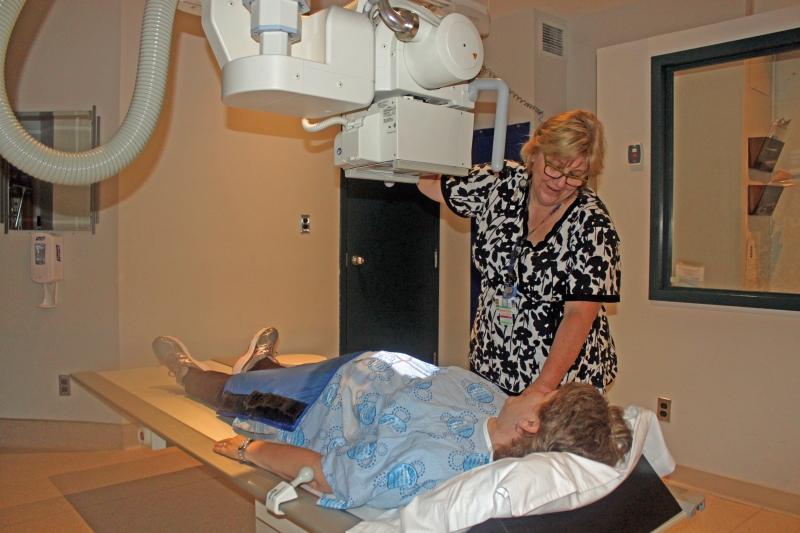

Questions & Answers
What exactly will all hospitals report on December 30th?
On the last day of each quarter beginning December 30, 2008, SFMH along with all Ontario hospitals will be required to publicly report on their own websites:
What are hospital-acquired infections?
Sometimes when patients are admitted to the hospital, they can get infections. These are called hospital-acquired infections. In the case of VRE bacteremia, this may mean that symptoms began 72 hours after admission to the hospital; or that the infection was present at the time of admission but was related to a previous admission to that hospital within the last 72 hours.
What is VRE (vancomycin-resistant enterococci)?
What are enterococci?
Enterococci are bacteria that are normally present in the human intestines and in the female genital tract and are often found in the environment. These bacteria can sometimes cause infections.
What is Vancomycin resistant enterococci (VRE)?
Vancomycin is an antibiotic that is often used to treat infections caused by enterococci. In some cases, enterococci have become resistant to vancomycin and are called vancomycin-resistant enterococci or VRE. Most VRE infections occur in people in hospitals. If the person has an infection caused by VRE, such as a urinary tract infection or blood infection, it may be more difficult to treat.
What types of infections does VRE cause?
VRE can live in the human intestines and female genital tract without causing disease (often called colonization). However, sometimes, it can be the cause infections of the urinary tract, the bloodstream or of wounds.
What is VRE bacteremia?
VRE bacteremia occurs when VRE enters the bloodstream. This can result in serious illness.
Are certain people at risk of getting VRE?
The following persons are at an increased risk becoming infected with VRE:
What is the treatment for VRE?
People who are colonized (bacteria are present, but have no symptoms of an infection) with VRE do not usually need treatment. Most VRE infections can be treated with antibiotics other than vancomycin. Laboratory testing of the VRE can determine which antibiotics will work. For people who get VRE infections in their bladder and have urinary catheters, removal of the catheter when it is no longer needed can also help get rid of the infection.
How is VRE spread?
VRE is often passed from person to person by the hands of caregivers. VRE can get onto a caregiver's hands after they have contact with other people with VRE or after contact with contaminated surfaces and objects such as toilet seats, taps, door handles, bedrails, furniture and bedpans. VRE can also be spread directly to people after they touch surfaces that are contaminated with VRE. VRE is not usually spread through the air by coughing or sneezing. VRE can survive well on hands and can survive for weeks on objects, but is easy to kill with the proper use of disinfectants and good hand hygiene.
What precautions are used to prevent the spread of VRE in the hospital?
The room and the equipment in the room will be cleaned and disinfected regularly. Everyone MUST clean their hands when leaving your room through the use of either soap and running water or by using alcohol-based hand rub.
How does SFMH control the spread of VRE?
In order to prevent the spread of VRE, we engage our housekeeping team to ensure that they are following the best practices for cleaning in situations where patients are identified with VRE. As well, we are strongly encouraging our staff to enhance their hand hygiene practices.
Does SFMH track VRE cases?
Looking closely at the VRE cases is an important step in making sure you are safe. This is called surveillance and it allows us to know whether there is a problem in the hospital and to understand how big the problem is. We track VRE bacterimia cases in our hospital.
What is SFMH doing to improve patient safety?
SFMH has a patient safety program in the hospital to make sure that all practices are at the highest level possible to keep you safe. This includes:
Resource: Centers for Disease Control and Prevention